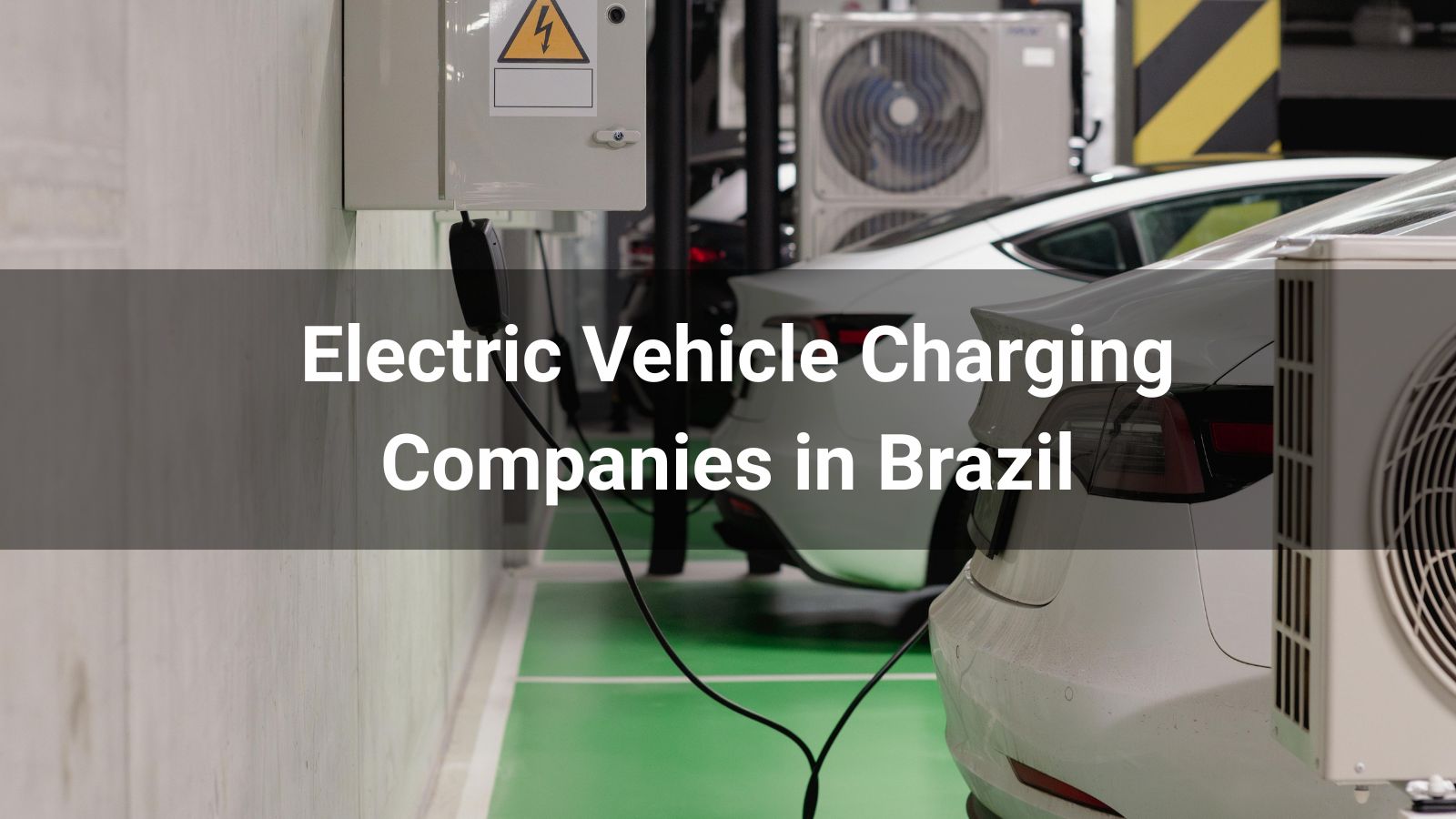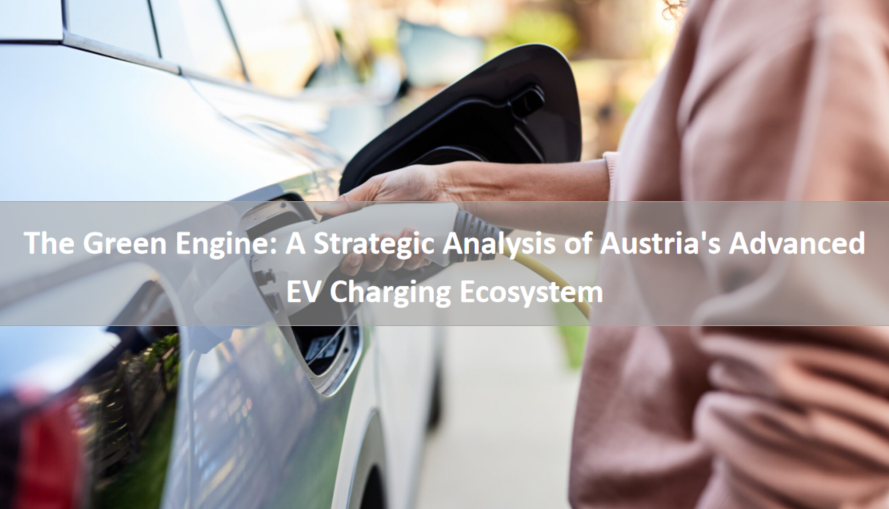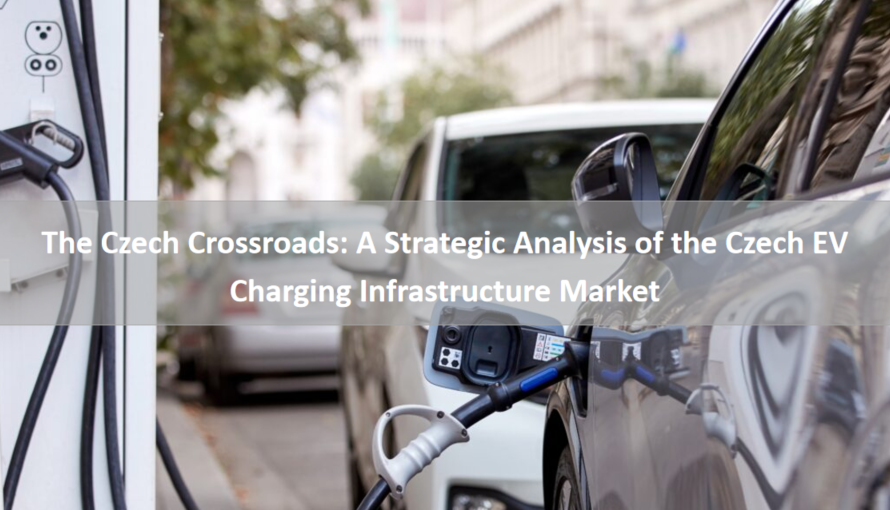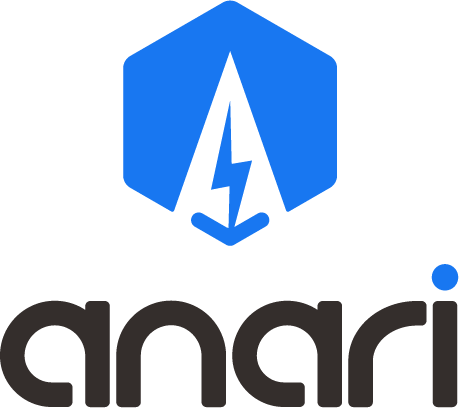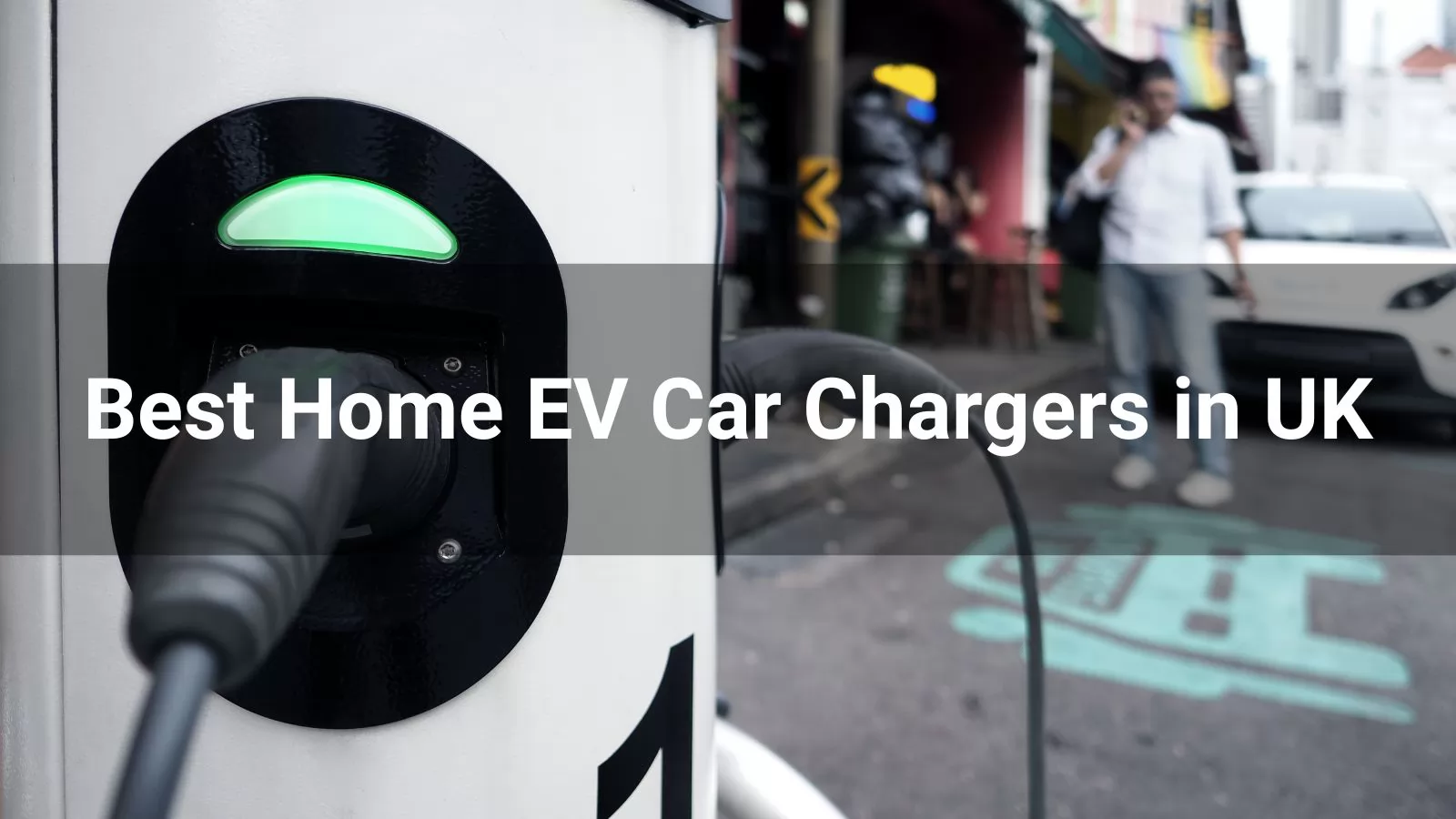
As electric vehicle (EV) adoption accelerates in the UK, with over 850,000 home and workplace chargers installed by 2025, choosing the right home EV charger is crucial for convenience, cost savings, and sustainability. A dedicated home charger is safer, faster, and more economical than a standard three-pin plug, often paying for itself through cheaper overnight tariffs and solar integration. This article explores the top home EV car chargers available in the UK for 2025, highlighting their features, pros, cons, and suitability for different needs, based on performance, ease of use, design, and value.
Before diving into the top picks, here are the main factors to consider when selecting a home EV charger:
Charging Speed: Most UK homes support 7.4kW chargers, delivering about 25–30 miles of range per hour. Faster 22kW chargers require a three-phase supply, which is rare in residential settings.
Tethered vs. Untethered: Tethered chargers have a fixed cable, ideal for single-vehicle households. Untethered (socketed) chargers offer flexibility for multiple EVs with different connector types (e.g., Type 1 or Type 2).
Smart Features: Smart chargers connect to apps for remote scheduling, tariff integration, and usage monitoring, maximizing savings with off-peak rates.
Solar Compatibility: Chargers with solar integration can use surplus solar energy, reducing costs and carbon footprints for homes with solar panels.
Cost and Installation: Prices range from £400 to £1,500, with installation adding £200–£600. Grants are limited, but renters and flat owners may qualify for up to £350 via the Electric Vehicle Homecharge Scheme (EVHS) until March 31, 2025.
Future-Proofing: Opt for chargers with universal connectors (Type 2 or adapters for NACS) and robust warranties to accommodate future EVs.
Here are the best home EV chargers for UK homeowners in 2025, selected for their performance, features, and user feedback.
Price: From £899 (including standard installation)
Charging Speed: 7.4kW (up to 30 miles/hour)
Connection: Tethered (5m or 8m cable) or untethered (ePod model)
Key Features: Dynamic smart charging, tariff integration (e.g., Intelligent Octopus Go at 7p/kWh), solar boost, intuitive app with multi-vehicle support
Pros:
Automatically optimizes charging for the cheapest and greenest times
Seamless integration with EV tariffs like OVO Charge Anytime
Reliable over-the-air updates
Cons:
Premium price compared to budget options
ePod lacks a display screen
Best For: Tech-savvy drivers seeking smart, cost-effective charging
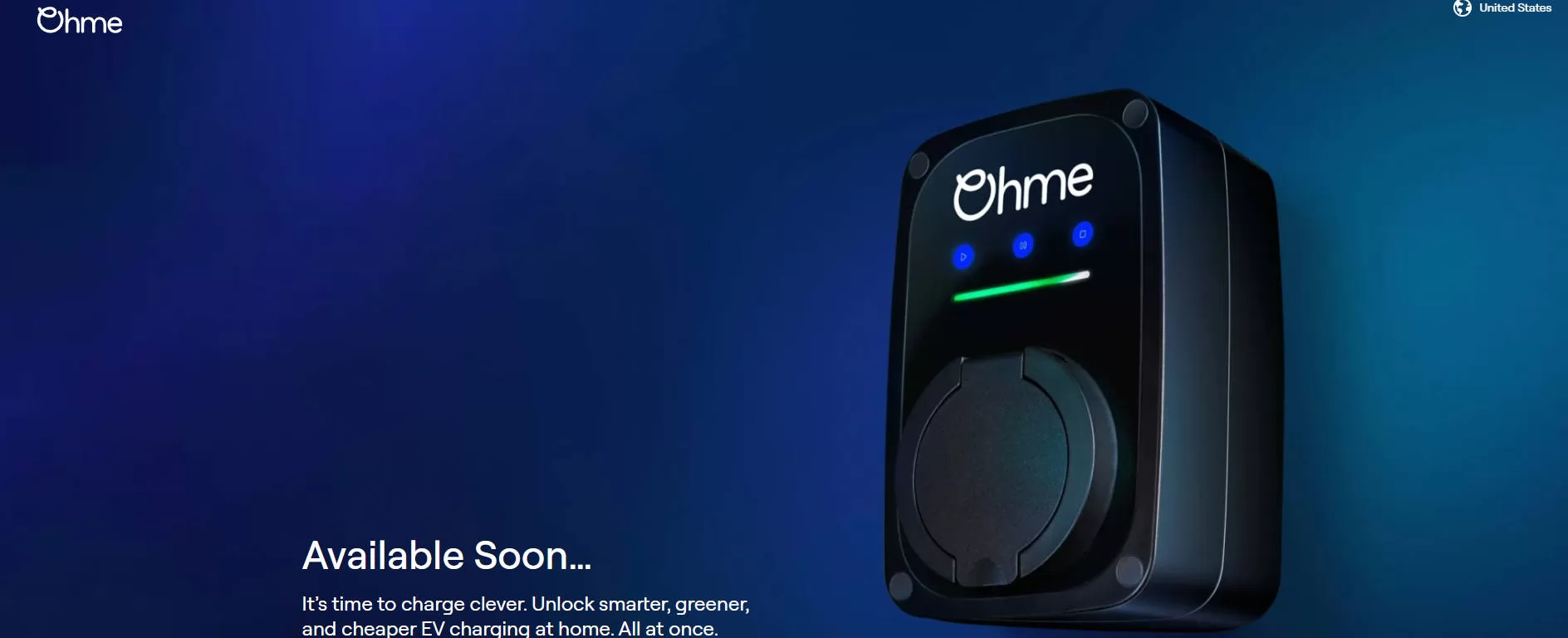
The Ohme Home Pro stands out for its intelligent software, which syncs with energy tariffs to charge during off-peak hours, potentially saving hundreds annually. Its solar boost feature diverts excess solar energy to your EV, ideal for eco-conscious households. User reviews praise its ease of use and reliable app, though the higher upfront cost may deter budget-conscious buyers.
Price: From £800 (plus installation)
Charging Speed: 7kW (up to 25 miles/hour)
Connection: Tethered or untethered
Key Features: Three charging modes (Fast, Eco, Eco+), solar surplus divert, excellent app, smart home integration
Pros:
Industry-leading solar compatibility, using only solar energy in Eco+ mode
Intuitive app with clear energy source tracking
Durable, weather-resistant design
Cons:
Installation can be complex for solar setups
Slightly slower than some 7.4kW competitors
Best For: Solar panel owners aiming for zero-cost charging
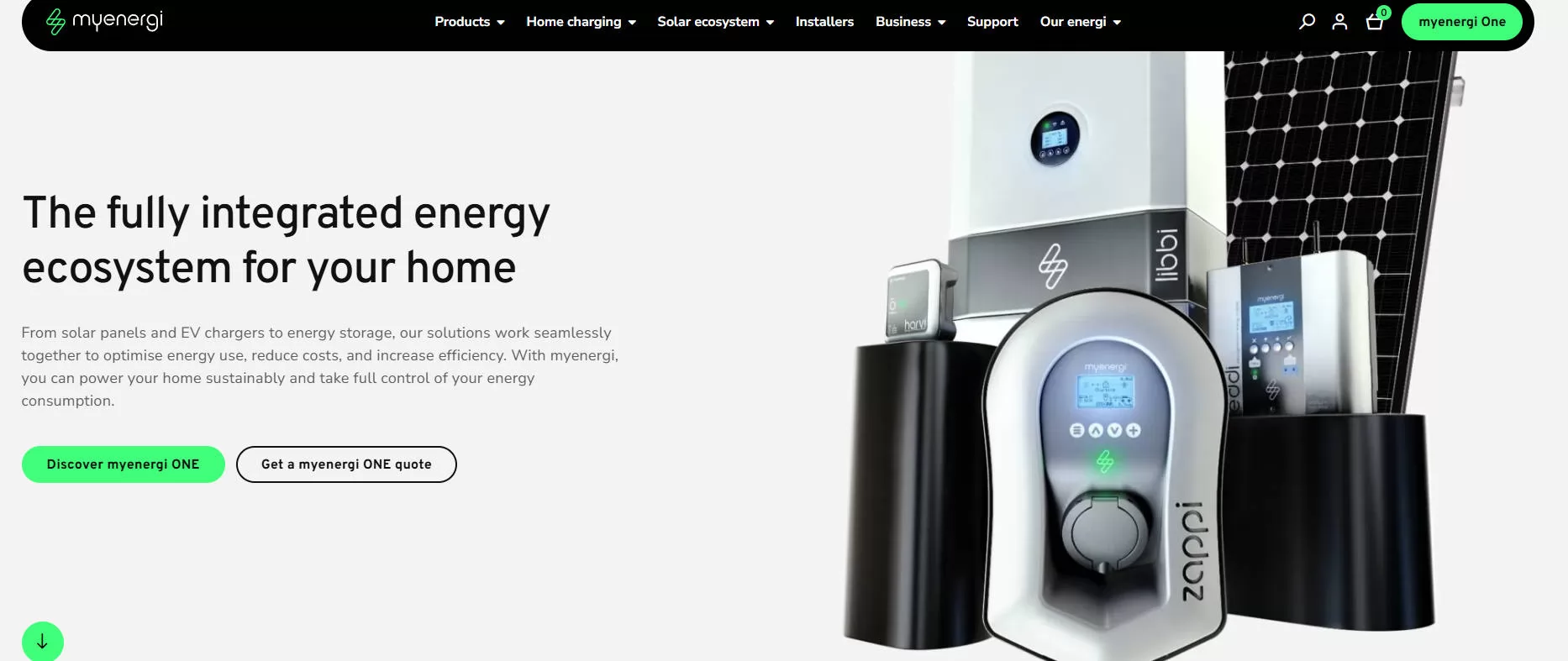
The Zappi is a favorite for its solar integration, actively diverting surplus solar energy to your EV, bypassing the grid entirely. Its three modes cater to different priorities: Fast for speed, Eco for balanced grid/solar use, and Eco+ for solar-only charging. The app’s user-friendly interface and robust build quality make it a top choice, though solar setup costs can add up.
Price: From £1,105 (with installation)
Charging Speed: 7kW or 22kW (three-phase)
Connection: Tethered
Key Features: 247 color options, premium materials (wood/carbon-fiber), cable concealment, Knnect+ app
Pros:
Stylish, customizable design blends with upscale homes
Compact and durable with hidden cable storage
Smart charging with tariff compatibility
Cons:
High cost for aesthetic-focused features
Tethered-only limits versatility
Best For: Design-conscious homeowners with premium budgets

The Andersen A2 combines functionality with luxury, offering customizable finishes to match your home or car. Its minimalist design hides the cable for a clean look, and the Knnect+ app supports smart charging. While expensive, its build quality and aesthetics appeal to those prioritizing style, though the tethered design may not suit multi-EV households.
Price: From £899 (including installation)
Charging Speed: 7kW
Connection: Tethered (5m, 7.5m, or 10m)
Key Features: Solar CT clamp included, tariff integration, customizable LED lights, 3–5-year warranty
Pros:
Free solar charging with included CT clamp
High TrustPilot ratings for reliability and service
Flexible cable lengths
Cons:
App can be less intuitive than competitors
No untethered option
Best For: Value-driven users with solar panels
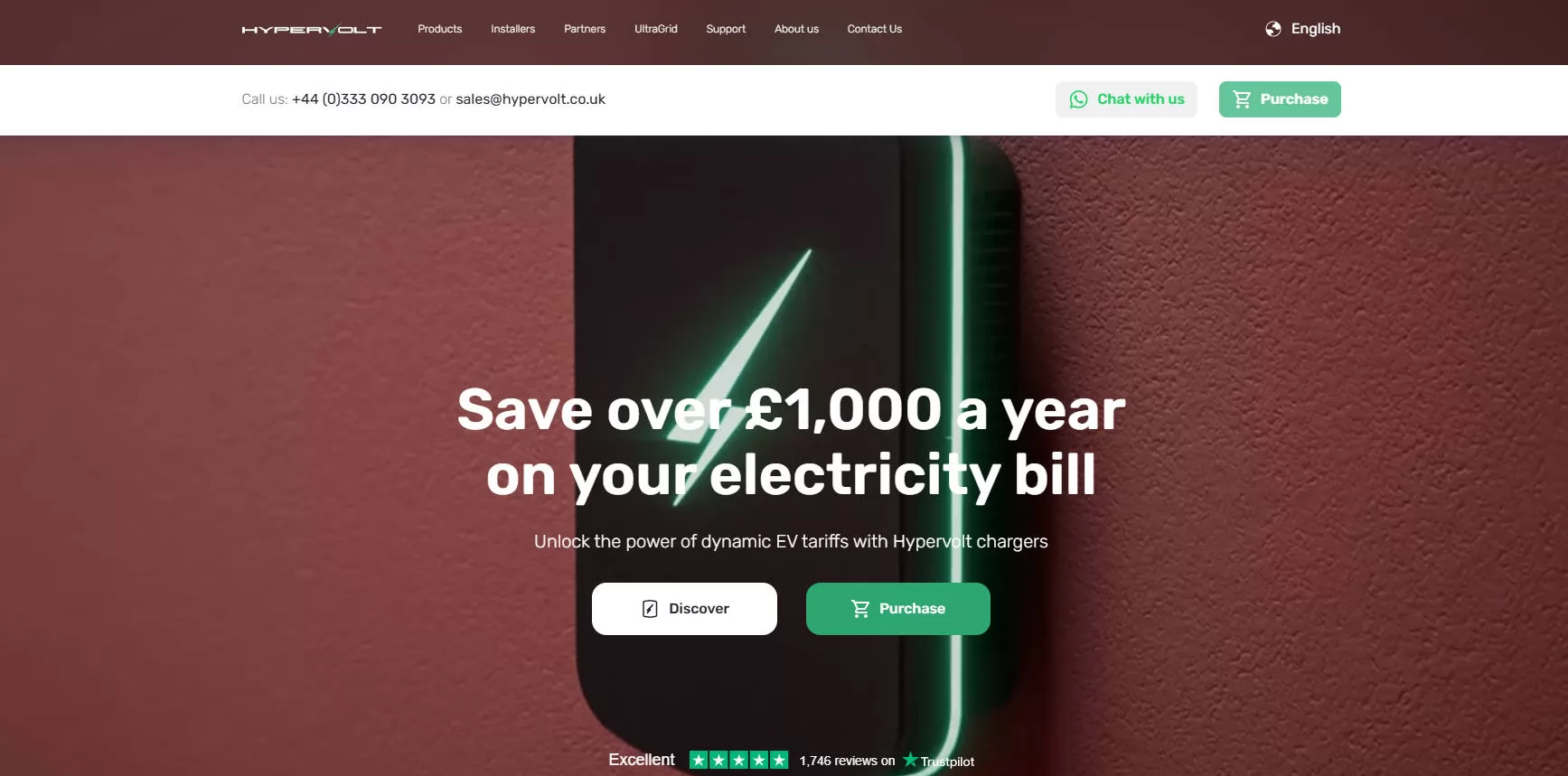
Hypervolt’s Home 3 Pro offers excellent value, bundling solar compatibility and a long warranty at a competitive price. Its micro-inverter technology ensures reliability, and customizable LED lights add a modern touch. Users appreciate the straightforward installation and customer service, but the app could be more polished.
Price: From £599 (plus installation)
Charging Speed: 7.2kW or 22kW
Connection: Tethered or untethered
Key Features: Compact design, WiFi/Bluetooth/4G connectivity, Hive smart home integration
Pros:
Smallest charger, ideal for tight spaces
Affordable with solid smart features
Reliable app for scheduling and monitoring
Cons:
Solar compatibility not yet standard
Hive-branded versions are pricier
Best For: Budget-conscious users with limited space
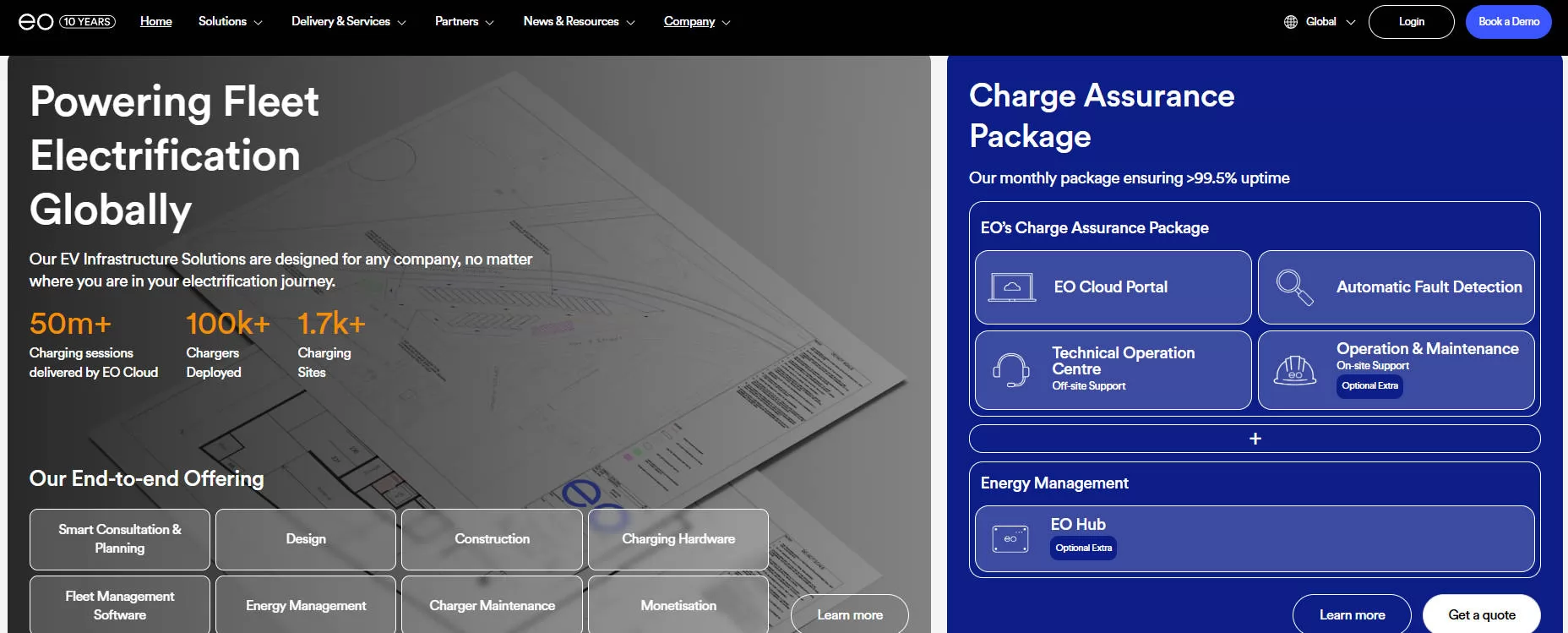
The EO Mini Pro 3 is the go-to for compact, budget-friendly charging. Its discreet design and single LED minimize visual impact, while the app offers robust control. Integration with British Gas’ Hive ecosystem unlocks smart tariffs, but the lack of standard solar support limits its appeal for renewable-focused users.
Price: From £500 (plus installation)
Charging Speed: 7.4kW or 22kW (three-phase)
Connection: Tethered with J1772/NACS adapter
Key Features: Sleek design, Tesla app integration, non-Tesla compatibility
Pros:
Affordable for Tesla and non-Tesla EVs
Built-in adapter for J1772 and NACS
Fast charging with three-phase support
Cons:
Best features optimized for Tesla vehicles
Installation must be sourced separately
Best For: Tesla owners or multi-EV households
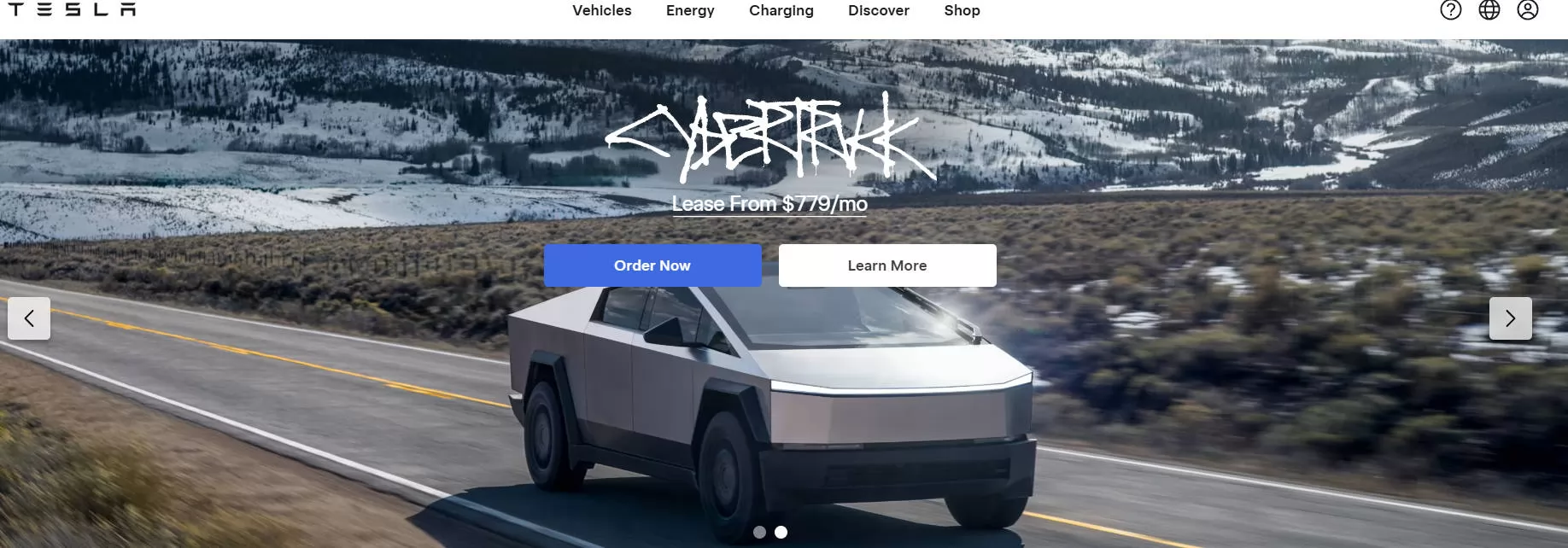
The Tesla Universal Wall Connector is a versatile option, now compatible with non-Tesla EVs via a J1772/NACS adapter. Its sleek design and fast charging suit most homes, but Tesla-specific features like remote charge port opening give Tesla owners an edge. It’s a strong value pick, though installation isn’t included.
Price: From £700 (plus installation)
Charging Speed: 7.4kW
Connection: Untethered
Key Features: Six color options, Scandinavian design, weather-resistant, LED display
Pros:
Stylish, compact, and durable
Universal compatibility with Type 2
Easy-to-read LED status display
Cons:
Untethered-only may inconvenience some
Limited smart features compared to Ohme
Best For: Minimalist design lovers with Type 2 EVs
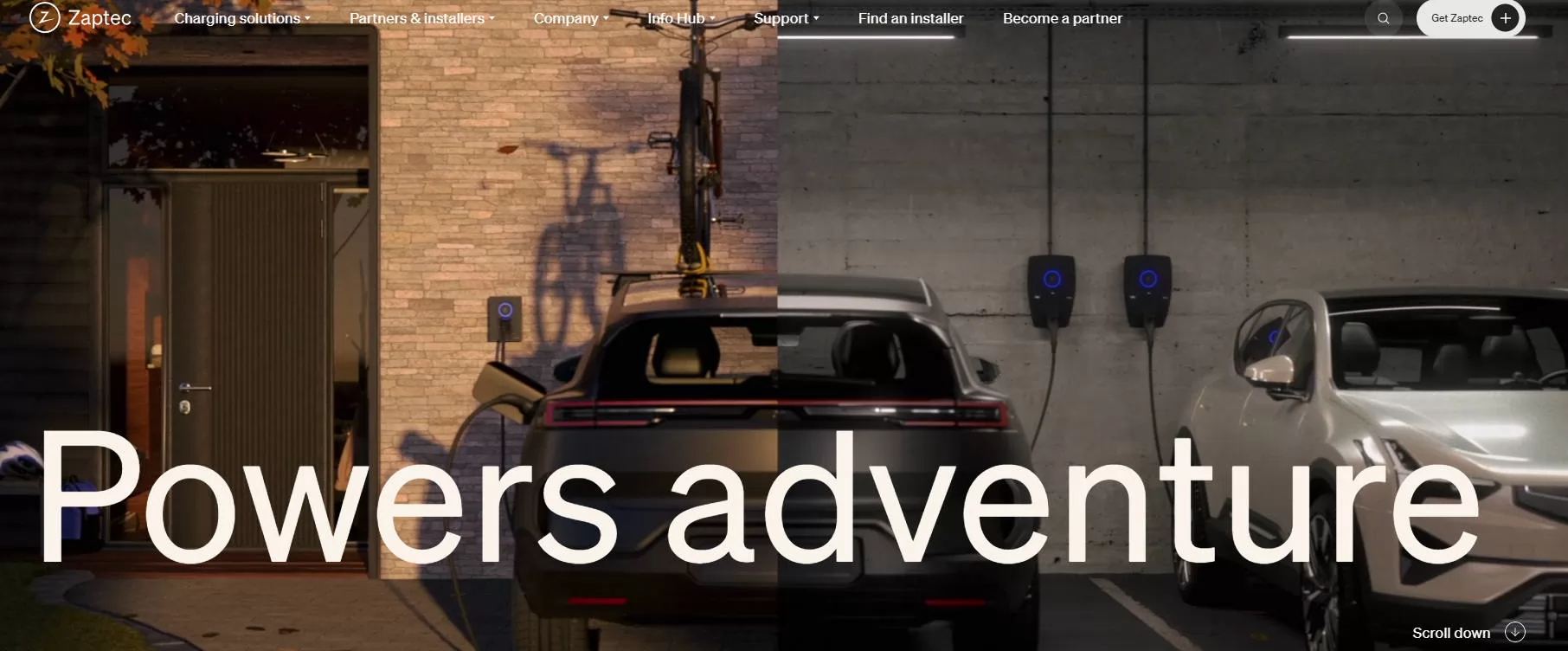
The Zaptec Go UK impresses with its Scandinavian aesthetics and weatherproof build, available in six colors. Its untethered design ensures compatibility with all Type 2 EVs, and the LED display simplifies monitoring. However, its smart features lag behind competitors, making it better for users prioritizing style over tech.
Installation costs vary based on your home’s electrical setup. Most UK homes qualify for standard installations (£200–£600), but older properties may need upgrades, increasing costs. The EVHS grant, offering 75% off (up to £350), is available for flat owners and renters until March 31, 2025, but not for homeowners in single-unit properties. Scottish residents may access an additional £300 via the Energy Saving Trust, subject to funding. Always use an OZEV-approved installer to ensure safety and grant eligibility.
Smart chargers can save money by scheduling charges during off-peak tariffs (e.g., 7p/kWh with Intelligent Octopus Go vs. 24.86p/kWh standard rates). Solar-compatible chargers like the Zappi or Hypervolt can further reduce costs to near zero for solar-equipped homes. Over time, these savings can offset the initial investment of £800–£1,500.
The UK’s home charging market is evolving rapidly. Vehicle-to-grid (V2G) and vehicle-to-home (V2H) technologies, trialed by companies like Indra, could allow EVs to power homes or sell energy back to the grid, enhancing cost savings and grid stability. As EV batteries grow larger, chargers with higher capacities (e.g., 11kW AC) may become more common, though most 2025 models remain optimized for 7.4kW. The shift toward NACS connectors, driven by Tesla’s influence, may also impact future charger designs, but adapters ensure compatibility for now.
The best home EV charger for 2025 depends on your priorities. The Ohme Home Pro excels for smart, tariff-optimized charging, while the Myenergi Zappi is unmatched for solar integration. The Andersen A2 prioritizes style, and the Hypervolt Home 3 Pro offers value with solar support. Budget buyers will appreciate the EO Mini Pro 3, Tesla owners the Universal Wall Connector, and design enthusiasts the Zaptec Go UK.
When choosing, consider your EV’s connector type, charging needs, and whether you have solar panels. Research installers, check grant eligibility, and opt for smart features to maximize savings. With the right charger, you’ll enjoy convenient, cost-effective, and green EV ownership in 2025 and beyond.
Read more:

